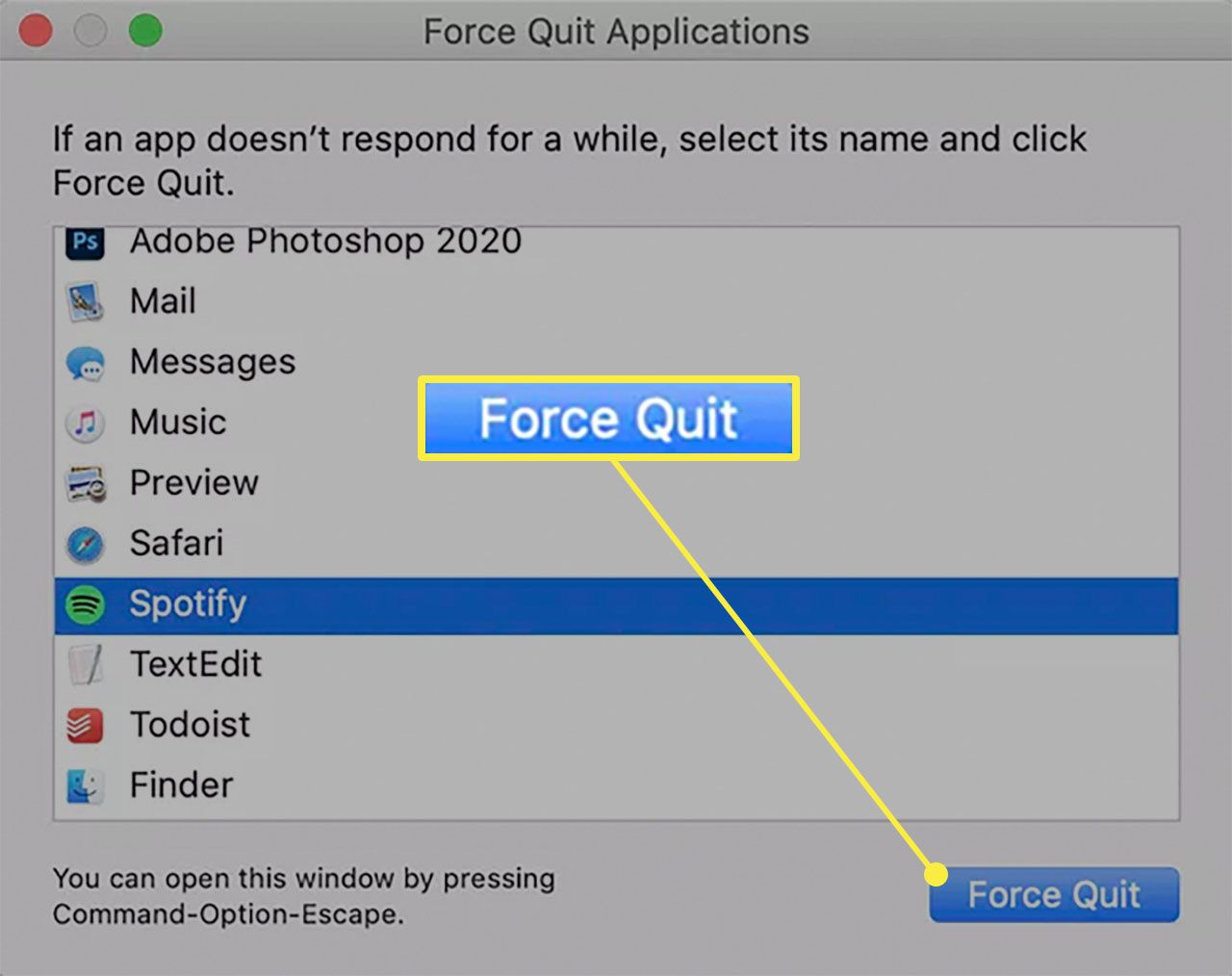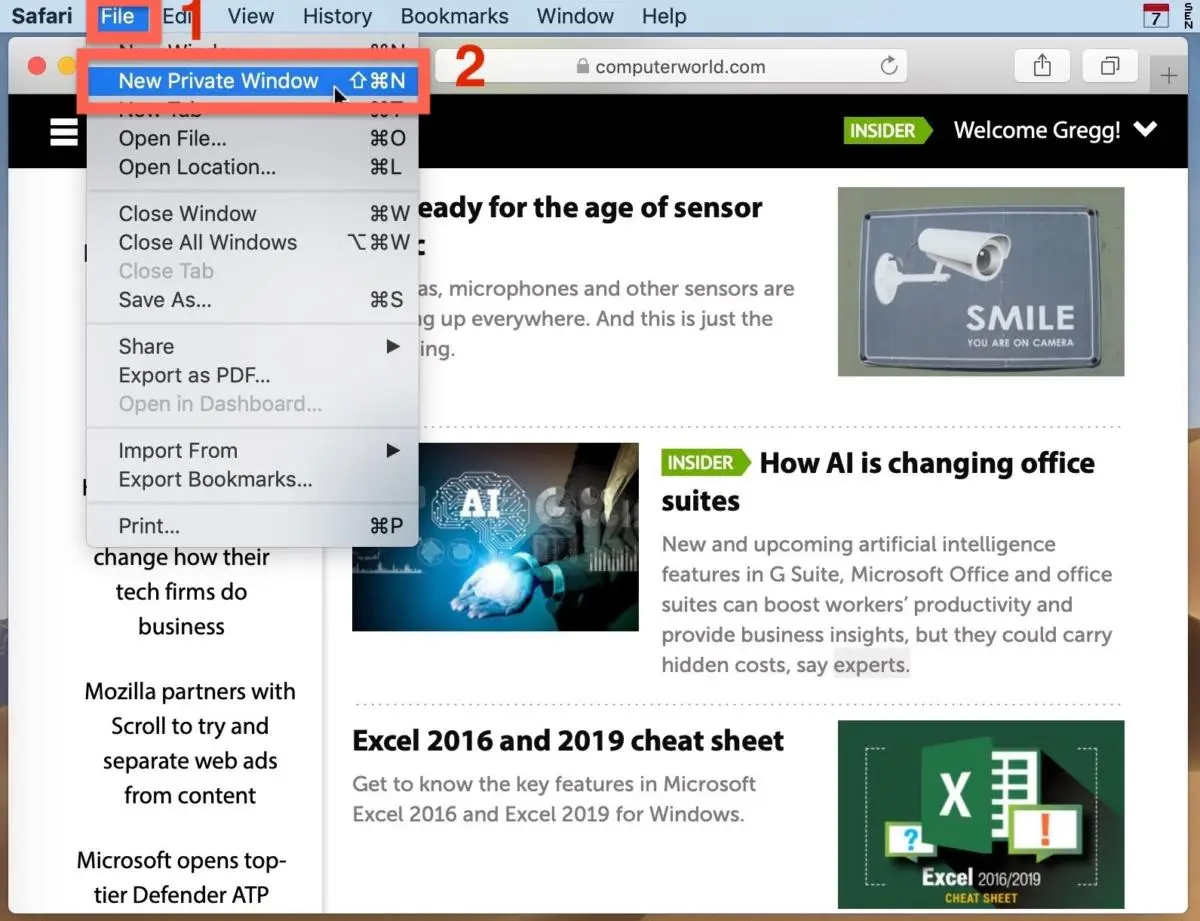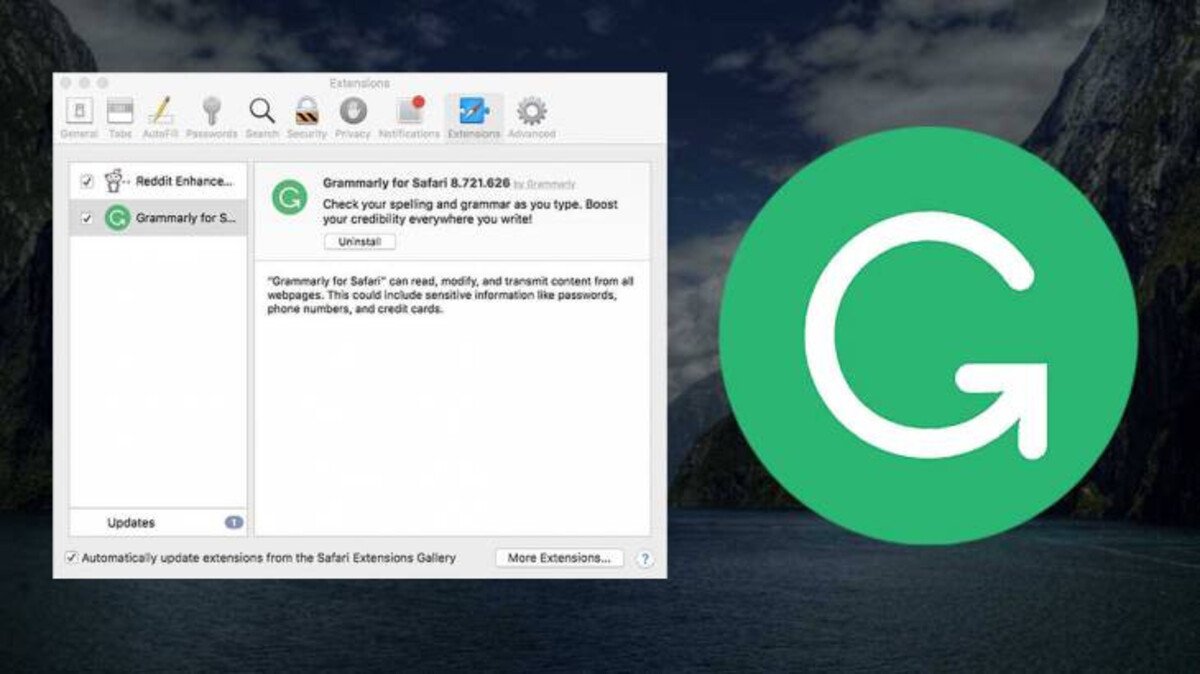Common Reasons Safari Won't Quit
Safari is a popular web browser known for its sleek interface and seamless user experience. However, there are instances when Safari refuses to quit, leaving users frustrated and puzzled. Understanding the common reasons behind this issue can help users troubleshoot and resolve the problem effectively.
-
Unresponsive Tabs: Safari may resist quitting if there are unresponsive tabs or web pages. When a tab becomes unresponsive, it can prevent the entire browser from closing properly.
-
Background Processes: Safari might be running background processes, such as downloads or extensions, which can hinder its ability to quit gracefully.
-
System Glitches: Occasionally, system glitches or temporary software hiccups can cause Safari to hang, making it difficult to close the browser normally.
-
Memory Overload: If Safari is consuming a large amount of system memory, it may struggle to shut down efficiently, especially when dealing with resource-intensive web pages or multiple tabs.
-
Extensions and Plugins: Certain extensions or plugins installed in Safari could be causing conflicts or errors that prevent the browser from quitting as expected.
Understanding these common reasons can empower users to take the necessary steps to resolve the issue and regain control over their browsing experience.
How to Force Quit Safari on Mac
When Safari becomes unresponsive and refuses to quit through the standard methods, users can resort to force quitting the application. This action can help resolve the immediate issue and allow users to restart Safari without affecting their browsing data. Here's how to force quit Safari on a Mac:
Using the Apple Menu:
-
Click on the Apple Logo: Located in the top-left corner of the screen, clicking on the Apple logo will reveal a dropdown menu.
-
Select "Force Quit": From the dropdown menu, choose "Force Quit" to open the Force Quit Applications window.
-
Choose Safari: In the Force Quit Applications window, locate Safari from the list of active applications.
-
Click "Force Quit": Select Safari and click the "Force Quit" button to initiate the force quit process.
Utilizing Keyboard Shortcuts:
-
Press Command + Option + Esc: This keyboard shortcut will bring up the Force Quit Applications window.
-
Select Safari: Navigate to Safari in the list of active applications within the Force Quit Applications window.
-
Click "Force Quit": Highlight Safari and click the "Force Quit" button to force quit the application.
Using Activity Monitor:
-
Open Activity Monitor: Launch Activity Monitor by searching for it in Spotlight or accessing it through the Applications folder.
-
Locate Safari: In the Activity Monitor window, locate Safari in the list of processes and select it.
-
Click "X" Icon: With Safari selected, click the "X" icon in the upper-left corner of the Activity Monitor window to force quit the application.
Terminal Command:
-
Open Terminal: Access Terminal from the Applications folder or by using Spotlight search.
-
Enter the Command: Type "killall Safari" into the Terminal window and press Enter to force quit Safari using the command line.
By following these methods, users can effectively force quit Safari on their Mac, allowing them to address unresponsive behavior and resume their browsing activities without further disruption. It's important to note that force quitting Safari may result in the loss of unsaved data, so users should exercise caution and consider saving any important work before proceeding with the force quit process.
Troubleshooting Safari Quitting Issues
When encountering persistent issues with Safari refusing to quit, users can employ various troubleshooting techniques to identify and resolve the underlying causes. By systematically addressing potential factors contributing to the problem, users can regain control over their browsing experience and ensure Safari functions as intended.
Clearing Cache and Cookies
One common culprit behind Safari's reluctance to quit is the accumulation of excessive cache and cookies data. Clearing the browser's cache and cookies can help alleviate performance issues and resolve unresponsiveness, ultimately facilitating a smoother quitting process.
Updating Safari and macOS
Outdated software can lead to compatibility issues and erratic behavior. Ensuring that both Safari and the macOS are updated to the latest versions can address known bugs and vulnerabilities, potentially resolving the quitting issues plaguing the browser.
Disabling Extensions and Plugins
Certain extensions and plugins installed in Safari may conflict with its normal quitting process. Temporarily disabling all extensions and plugins, then gradually re-enabling them one by one, can help pinpoint the specific add-on causing the quitting problem.
Resetting Safari Settings
Resetting Safari to its default settings can eliminate any corrupted preferences or configurations that might be hindering its ability to quit properly. This process can be initiated through the Safari menu, allowing users to reset various aspects of the browser, including history, cache, and extensions.
Checking for System Resource Constraints
Insufficient system resources, such as low memory or high CPU usage, can impede Safari's ability to quit gracefully. Monitoring system activity using the Activity Monitor utility can provide insights into resource allocation and identify potential bottlenecks affecting Safari's performance.
Investigating Background Processes
Identifying and terminating any background processes associated with Safari, such as ongoing downloads or tasks initiated by extensions, can help alleviate the strain on the browser and facilitate a smoother quitting process.
Seeking Professional Assistance
In cases where persistent quitting issues persist despite exhaustive troubleshooting efforts, seeking assistance from Apple Support or consulting with a qualified technician can provide specialized insights and solutions tailored to the specific circumstances.
By systematically addressing these potential factors and employing targeted troubleshooting techniques, users can effectively diagnose and resolve Safari quitting issues, ensuring a seamless and reliable browsing experience.

























